Flags of Countries that Start with L
How many countries beginning with L? There are a total of 9 countries starting with letter L among the 193 countries in the world:
- Laos
- Latvia
- Lebanon
- Lesotho
- Liberia
- Libya
- Liechtenstein
- Lithuania
- Luxembourg
Latvia

Latvia is a republic in northern Europe. The country has coasted to the Baltic Sea and borders Estonia, Russia, Belarus and Lithuania. The landscape is mostly lowland with plains, moraine hills, sand dunes, marshland, wetlands, rivers, streams and lakes. On the Baltic Sea there are wide beaches. The coast is cut by the Bay of Riga. About 1/3 of Latvia’s area is covered by forest.
Latvia’s climate varies between temperate coastal and mainland climates. The summers are cool and the winters are cold and snowy.
Forestry, agriculture and fisheries are essential to the country’s economy. However, industry and service are the most important occupations.
Latvia was a republic in the Soviet Union during the period 1940-1991. In 2004, Latvia joined NATO and the EU.
Country Facts – State Capital – Population Graph – Airports – Public Holidays – Embassies of Latvia – Embassies in Latvia – Import Regulations – Major Trade Partners – Major Imports – Major Exports
Liechtenstein
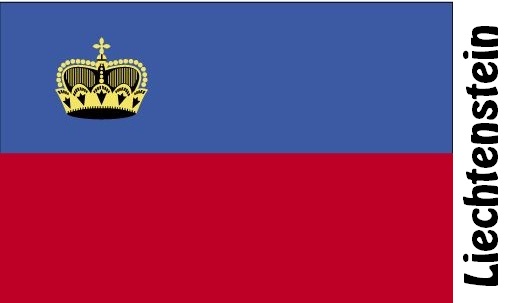
Liechtenstein is a small principality in the Alps in central Europe. The country is an inland state with borders to Switzerland and Austria. The landscape consists of a highland island with mountains intersected by valleys and in the V of the area around the upper Rhine. Large areas are covered with forest.
Liechtenstein has a mild, temperate mainland climate.
Finance, banking, agriculture, cattle farming, tourism, industry and stamp sales are key to the economy. A large part of the workforce is foreigners from Germany, Switzerland and Austria.
Liechtenstein has close economic and political cooperation with Switzerland, which safeguards Liechtenstein’s foreign policy interests. The country has a high standard of living.
Country Facts – State Capital – Population Graph – Public Holidays – Embassies of Liechtenstein – Embassies in Liechtenstein – Import Regulations – Major Imports – Major Exports
Lithuania
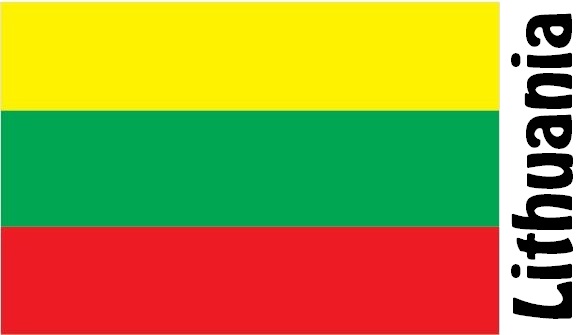
Lithuania is a republic in northern Europe. The country is located on the southern part of the Baltic Sea and has borders with Russia, Poland, Belarus and Latvia. Lithuania is the southernmost of the three Baltic countries. The landscape is made up of lowland with moraine hills, plains, river valleys, bogs and lakes. Along the coast there are sand dunes and wide beaches. Over 1/4 of the land area is covered by forest.
The climate is a mixture of temperate coastal and mainland climate. Winters are cold and snowy, and summers are hot.
The most important natural resources are oil, hydropower and agricultural land. Oil is the most important export product and until 2009 Lithuania had a large nuclear power plant.
Lithuania was a Soviet Union republic from 1940 to 1991. Today, it is a member of NATO and the EU, and the economy has been liberalized.
Country Facts – State Capital – Population Graph – Airports – Public Holidays – Embassies of Lithuania – Embassies in Lithuania – Import Regulations – Major Trade Partners – Major Imports – Major Exports
Luxembourg
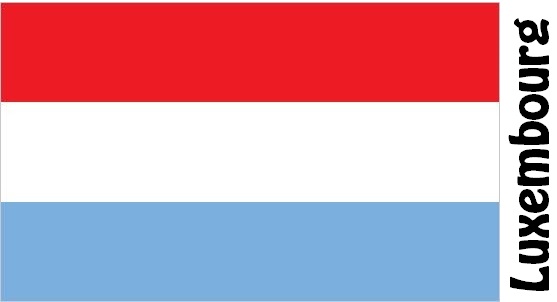
Luxembourg is a Grand Duchy of Central Europe. The country is an inland state surrounded by France, Belgium and Germany. The landscape consists of the wooded mountains of the Ardennes in the N and fertile grassland in the S.
The climate is temperate with mild winters and cool summers.
The financial sector is the foundation of Luxembourg’s economy. Tourism, the iron and steel industry are also of significant economic importance. Previously, large quantities of iron ore were mined in Luxenbourg, but now the mines are closed. Today, agricultural land is the most important natural resource.
With its central location in Europe, Luxembourg is an important financial center. About half of the population are foreigners. The standard of living is high. Luxembourg is a member of the EU and NATO.
Country Facts – State Capital – Population Graph – Airports – Public Holidays – Embassies of Luxembourg – Embassies in Luxembourg – Import Regulations – Major Trade Partners – Major Imports – Major Exports
Lesotho
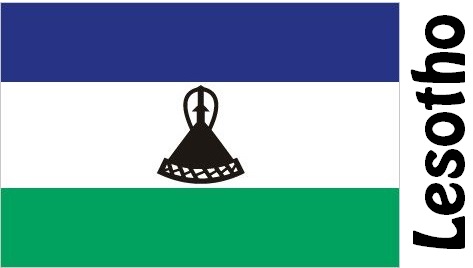
Lesotho is a kingdom in the south of Africa. The country is an inland state completely surrounded by South Africa. The landscape is dominated by high mountains and highlands as well as lush valleys of NV and V.
The climate is subtropical with cool periods in the highlands.
The country’s most important natural resources are hydropower, which is exported to South Africa in particular. Diamond mining, agriculture and tourism are also of vital importance to the economy. A large proportion of the working men work in South Africa.
Lesotho is both politically and economically dependent on South Africa. Political unrest in the late 1990s has resulted in economic decline. Over 1/4 of the adult population is infected with HIV / AIDS.
Country Facts – State Capital – Population Graph – Airports – Public Holidays – Embassies of Lesotho – Embassies in Lesotho – Import Regulations – Major Imports – Major Exports
Liberia
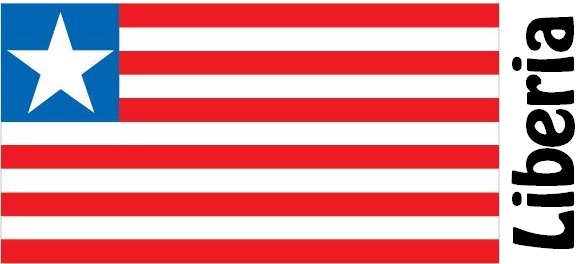
Liberia is a republic in V-Africa on the Atlantic. The coast consists of lagoons and mangrove swamps. The coastal plain is broad and covered with savanna, and the upland consists of bedrock with low mountains and rainforest.
The climate is tropical with heavy rainfall during the rainy season April-November.
The most important natural resources are diamonds, gold, iron, hydropower, timber and agricultural land. The labor force is especially employed in agriculture. There are rubber plantations. coffee, cocoa, rice and vegetables.
Liberia was founded by freed slaves in 1820 and has never been colonized. In 1989-2003 Liberia was ravaged by a bloody civil war in which a large part of the population was displaced. The economy, infrastructure and large parts of business were destroyed.
Country Facts – State Capital – Population Graph – Airports – Public Holidays – Embassies of Liberia – Embassies in Liberia – Import Regulations – Major Imports – Major Exports
Libya
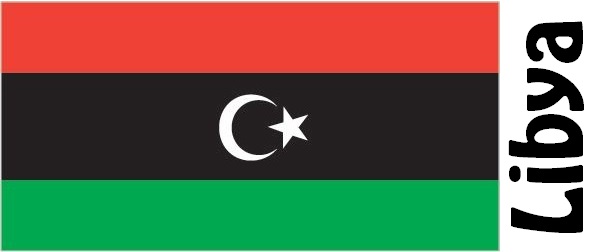
Libya is a republic in North Africa. The country has a coast to the Mediterranean and borders with Tunisia, Algeria, Niger, Chad, Sudan and Egypt. The majority of the population lives in N on the coast, where the soil is most fertile. The rest of the country towards the S is desert, plateaus, arid river valleys, oases and mountains.
IN there is subtropical winter rain. In the rest of the country there are subtropical shrubs and desert with extremely large temperature fluctuations.
The extraction and export of oil is vital to Libya’s economy. In addition, the extraction of natural gas. Agriculture in the coastal areas of the Mediterranean. Fresh water is brought from the Sahara subsoil to the coast.
Italian colony until 1951. Civil war and subsequent political unrest 2011 since 2011.
Country Facts – State Capital – Population Graph – Airports – Public Holidays – Embassies of Libya – Embassies in Libya – Import Regulations – Major Imports – Major Exports
Laos
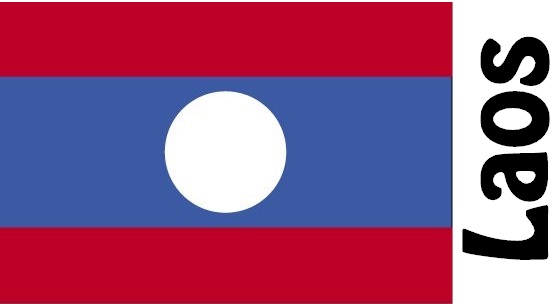
Laos is a republic in SE Asia. The country is an inland state with borders to Vietnam, Cambodia, Thailand, Burma (Myanmar) and China. The landscape is mountainous and much of the land is covered by forest. In the island the landscape consists of mountain ranges, in V of the river plain along the Mekong, lowland and river plains and in the N of highlands and plateaus.
There is tropical monsoon climate with rainy season in May-October.
The most important natural resources are hydropower (electricity), timber, tin and agricultural land. Agriculture is the main business and rice, maize, sweet potatoes, wheat, cotton, peanuts, soybeans, pineapple, coffee, tea and tobacco and opium are mainly grown.
Laos is one of the poorest countries in the world and dependent on financial aid. Laos was ravaged by civil war from 1953-1973.
Country Facts – State Capital – Population Graph – Airports – Public Holidays – Embassies of Laos – Embassies in Laos – Import Regulations – Major Imports – Major Exports
Lebanon
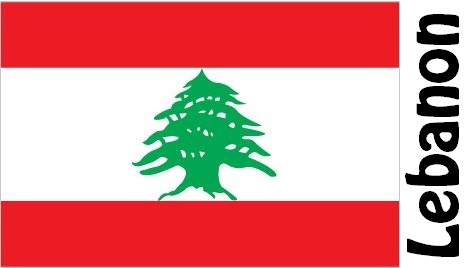
Lebanon is a republic in SV Asia. The country has a coastline to the Mediterranean and borders Israel and Syria. The landscape consists of two mountain ranges shared by the Bekka Valley. Along the coast is a narrow strip of fertile lowland.
The climate varies from subtropical climate with hot summers and mild, rainy winters on the coast to very drought inland.
Lebanon has few natural resources. However, both the coastal plain and the Bekaa Valley are cultivated. Fishing is limited. Intensive logging in the mountains has led to erosion.
During the period 1975-1990, Lebanon was ravaged by civil war, and from 1976 to 2005 Syria had occupied much of the country. Lebanon continues to suffer from tensions between the various population groups. In 2014, Lebanon received over one million Syrian refugees.

Country Facts – State Capital – Population Graph – Airports – Public Holidays – Embassies of Lebanon – Embassies in Lebanon – Import Regulations – Major Trade Partners – Major Imports – Major Exports













































